Franz Kurowski


................................... iv
Chapter 2 ............................. 6
Chapter 3 ............................. 12
Chapter 4 .............................. 25
Chapter 5 .................................. 39
Chapter 6 ..................................... 66
Chapter 7 ................................. 80
Chapter 8 ......................................... 87
Chapter 9 ............................................. 106
Chapter 10 .......................................... 118
Chapter 11 .......................... 159
Chapter 12 ............. 169
Chapter 13 .................................. 207
........................................ 217
................................... 235
 pecial thanks are in order for Generalleutnant Fritz Bayerlein, who provided his entire manuscript concerning the operations of the PLD.
pecial thanks are in order for Generalleutnant Fritz Bayerlein, who provided his entire manuscript concerning the operations of the PLD.
The division's veterans association helped clear up matters wherever there were discrepancies and placed me in contact with various veterans.
Elements of the regiment also participated in the campaign in the West in 1940. In the fall of 1940, the regiment consisted of the following three battalions:
1st Battalion: Tank (1st through 4th Companies)
2nd Battalion: Motorized Rifle (later Mechanized Infantry) (5th through 8th Companies)
3rd Battalion: Antitank (9th through 12th Companies)
In the summer of 1941, the regiment was again alerted for operations in the field, this time in the Soviet Union. The 1st Battalion was attached to an armored division. It was never decisively engaged, however, and returned to Wiznsdorf a few months later, after transferring its weapons and equipment to other forces in the field.
The commander of this brigade was OberstWalther Krause. The brigade's tactical insignia was a tower with a Gothic "L," with the tower representing the tower at the National Playing Fields in Berlin. The brigade was completely motorized with both wheeled and tracked vehicles. None of the elements of this ad hoc formation had ever trained together before.
On the day of its arrival in the Soviet Union, the brigade was partially committed. It advanced through Thorn and Suwalki in the direction of Vilna. It was employed in the pocket battles at Minsk, Lepel, Vitebsk and Smolensk. It was outside of Smolensk, along the Wopj, Wotija and Zarewitsch Rivers that the brigade was employed in its entirety, and it suffered heavy casualties as it screened against Soviet forces attempting to break out of the Smolensk Pocket to the northeast. There was heavy fighting in the Duchowtschina area.
After three weeks of defensive fighting, it participated in the advance across the Beloj in the direction of Rshew. It was frequently thrown into the line when the Soviets attempted to break through the German main line of resistance with strong armored forces on 5 August.

It was during that round of fighting that Unteroffizier Kintzel of the 2nd Company of Panzerjager-Lehr-Abteilung 900 was employed with his PaK 38, a 5-centimeter antitank gun, in one of the most threatened areas. He had just gone into position when the first Soviet T-34's and KV-I's came rolling up in attack. The antitank gunners opened fire at 800 meters. After two rounds, Kintzel's gun had knocked out the first T-34. In quick succession, two more T-34's suffered the same fate. Then, a KV-I appeared barely 200 meters off to the right. The gun turned to face the opponent, but it fired five rounds without effect, with the remaining enemy closing to within 50 meters in the meantime. Kintzel was able to observe one of his rounds penetrate cleanly through the turret of another T-34, but the weight of the Soviet attack proved too much for the infantry in the sector. Kintzel soon found himself and his crew alone. When the Soviet infantry closed in to assault, the gun had to be abandoned. Since there were no demolition charges available, the Soviets captured it intact, along with ten rounds of ammunition. The German lines were pushed back several hundred meters. Despite the setback, Kintzel was eventually awarded the Iron Cross, First Class, for his bravery in slowing down the Soviet onslaught in his sector.
Following an intensive artillery preparation, the Soviets broke through in the sector of the 2nd Battalion of Infanterie-Regiment 56 in the Gorbatowsky area two days later, early on the morning of 8 August. Soon, the lead Soviet elements were three kilometers east of Lossewo. The brigade, which was serving as the ready reserve of the V. Aimee-Korps, was committed to an immediate counterattack and moved out with its 2nd Battalion at 0900 hours. Once again, the 2nd Company of the antitank battalion was attached to the infantry, since enemy armor was expected.
At 1400 hours, the 2nd Battalion's attack bogged down in the vicinity of Sujewa, where it established a defensive perimeter. The battalion was able to fend off several Soviet infantry attacks in seesaw fighting, but the heavy tanks that accompanied the infantry could not be dislodged. They positioned themselves around the German defensive positions and fired at anything that moved.
Kintzel's platoon was alerted, and the men briefed by an officer from the regiment. Kintzel's platoon leader was Leutnant Oventrop. The young officer raced ahead of his platoon to find the command post of the 2nd Battalion. After being briefed there, he established contact with the 7th Company, where the bulk of the enemy tanks were located. Oventrop ordered two guns manhandled forward.
The gun crews pushed their pieces forward between trees and vegetation and through practically impenetrable underbrush. The enemy tanks kept changing positions. Eventually, however, they managed to get one gun to within thirty meters of an enemy tank. Oventrop later provided the following firsthand account:
Fire mission-Round out-Hit!-A shot of flame. One tank, then another and then a third were engulfed in flames. The crews were dead or wounded. A couple were able to escape by virtue of the terrain. The enemy artillery started to come alive. They started to cover our guns with fires of all calibers. Despite that, the crews only suffered minor casualties. Obstinacy, courage and decisiveness on the part of the antitank gun crews forces the enemy to pull back. Towards 1900 hours, the platoon was limbered up one kilometer east of Sujewa, ready for another mission.

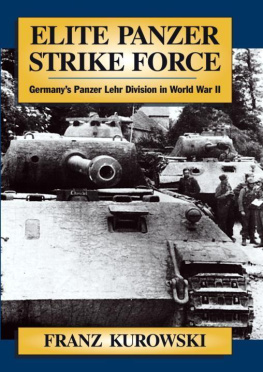


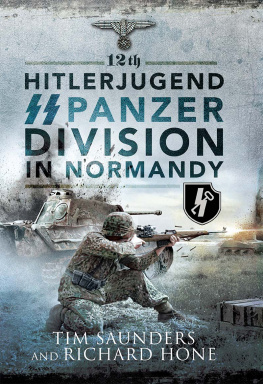



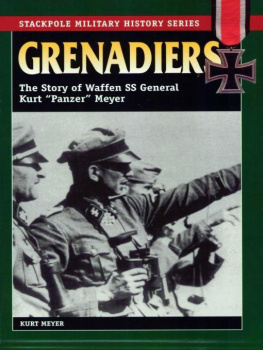
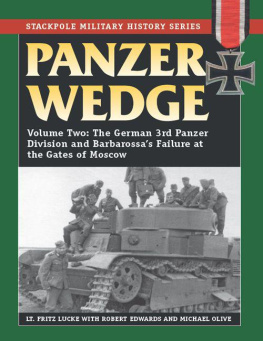
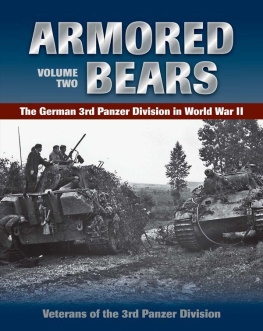




 pecial thanks are in order for Generalleutnant Fritz Bayerlein, who provided his entire manuscript concerning the operations of the PLD.
pecial thanks are in order for Generalleutnant Fritz Bayerlein, who provided his entire manuscript concerning the operations of the PLD.
